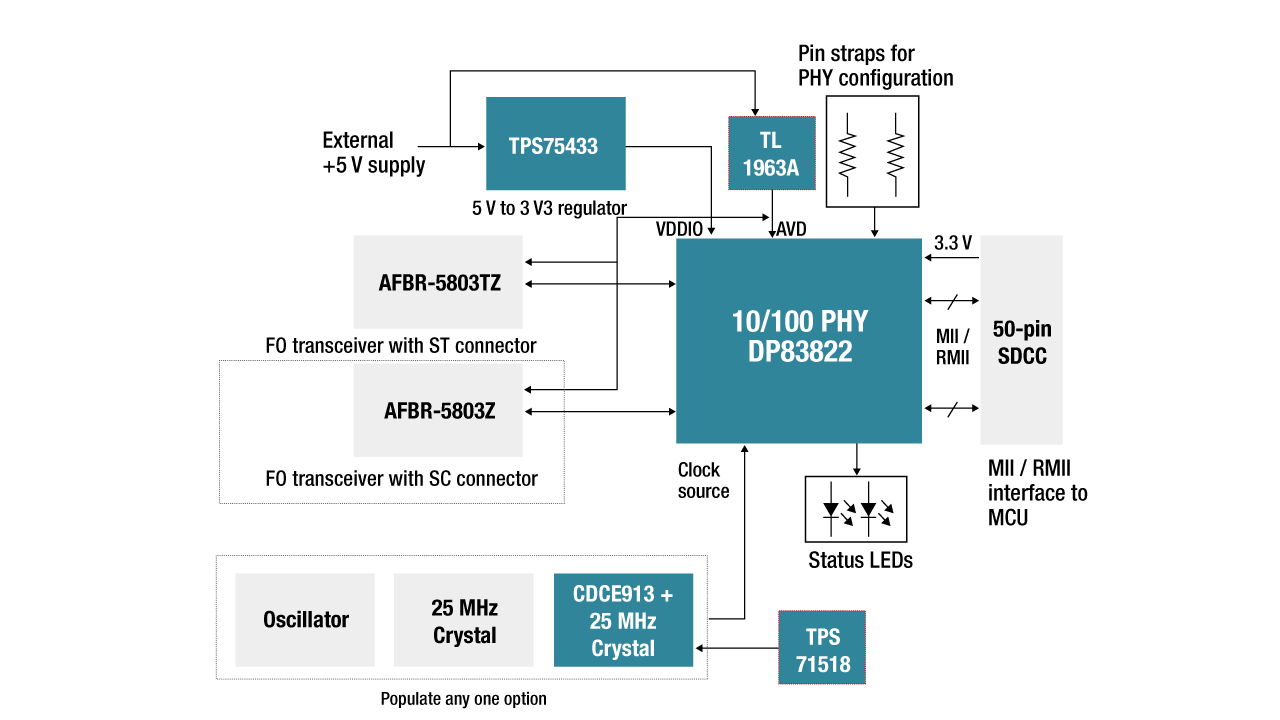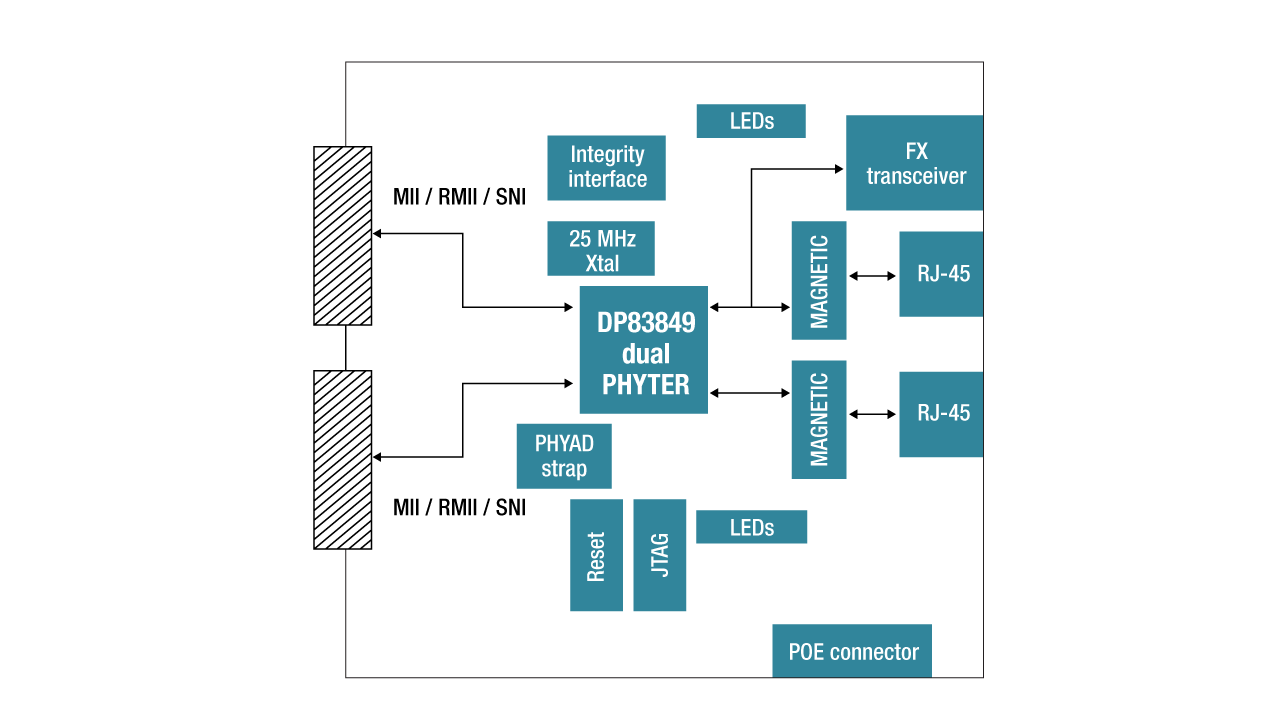SSZT447 june 2019 DP83630 , DP83867IR
Traditionally, the power grid consisted of stand-alone equipment working independently; maintenance was a manual process using paper-based inspection and reporting. As equipment like protection relays, circuit breakers and smart meters became digital, using control cables to share equipment status and fault and control data helped utilities optimize equipment usage. Eventually, utilities began deploying wired and wireless connectivity solutions.
While serial communications such as RS-232, RS-485 and Controller Area Network are still popular, in this article I will explain the challenges when migrating to Ethernet, and how TI offers solutions that can make your equipment compatible with the emerging digital grid.
Unlike the traditional grid, a digital substation digitizes all data immediately – as close to the source as possible – and sends the data over Ethernet cables to an intelligent electronic device. Ethernet connectivity offers a simple and flexible solution that can provide standardization and interoperability, resulting in a homogeneous communication platform across the substation.
Ethernet connectivity comes in two forms. Copper cables are used for lower-speed data transmission and shorter distances (<100 m) using an unshielded twisted pair cable. A fiber-optic connection offers a much higher data rate (gigabits per second) over longer distances, better immunity, reduces the risk of electrocution because it is nonconductive, and according to estimates can help reduce costs by as much as 60% compared to copper cabling. And while Ethernet connectivity for the digital grid has its benefits, it does present challenges. Here are the key challenges when implementing Ethernet onto the digital grid.
EMI/EMC
 Figure 1 Ethernet Brick with Fiber Optic Interface Block Diagram
Figure 1 Ethernet Brick with Fiber Optic Interface Block DiagramIEEE 1588 Time Stamping
Media Converter
 Figure 2 DP83849 Based Copper-to-fiber Optic Converter Block Diagram
Figure 2 DP83849 Based Copper-to-fiber Optic Converter Block DiagramHSR/PRP Redundancy
Conclusion
Additional Resources
- Read the short article, “Two ways to save power with low-power Ethernet.”
- Read the white paper, “Enabling and integrating wired and wireless technologies for grid interoperability.”
- View our reference design, “EMI/EMC Compliant Industrial Temp Dual Port Gigabit Ethernet PHY Reference Design.”